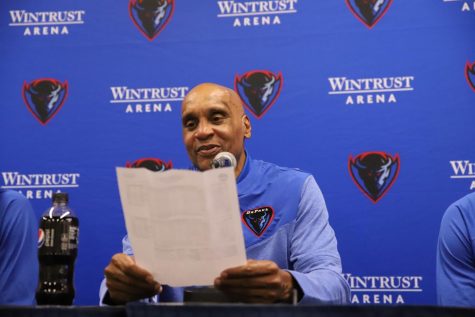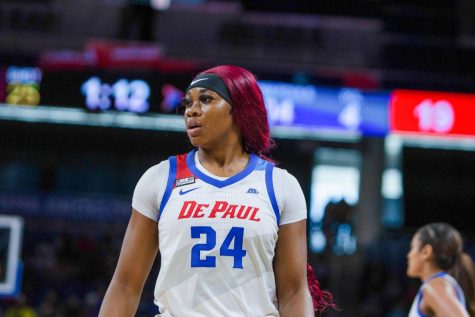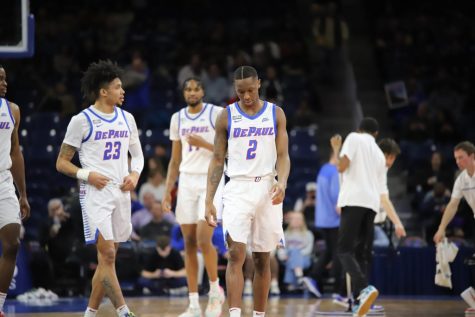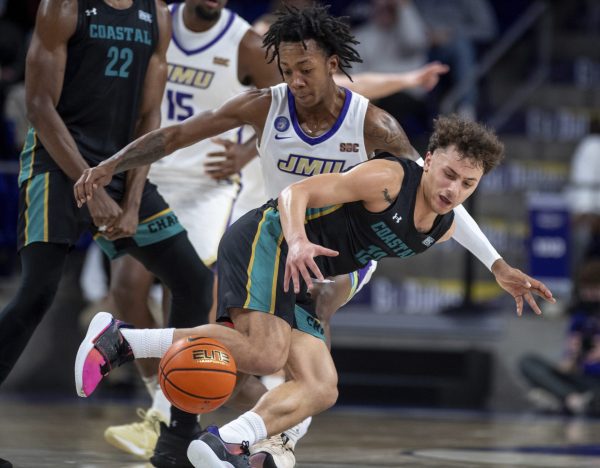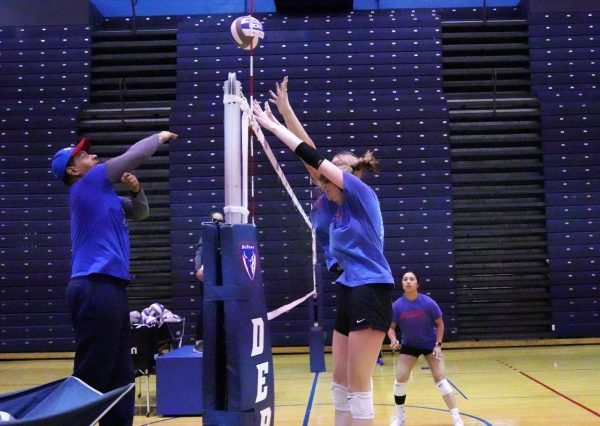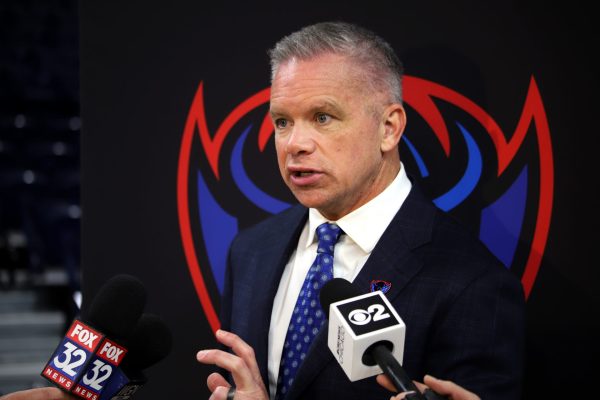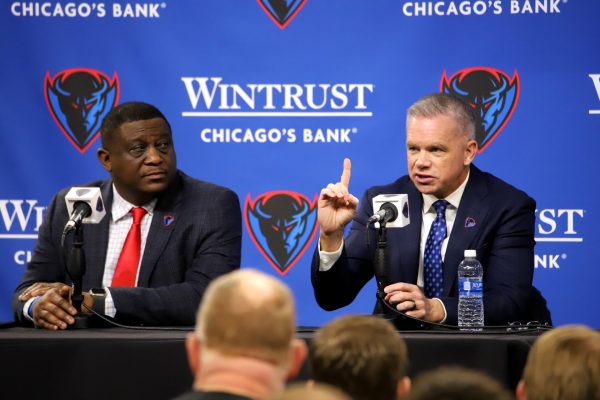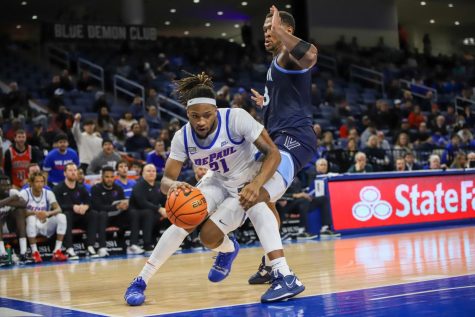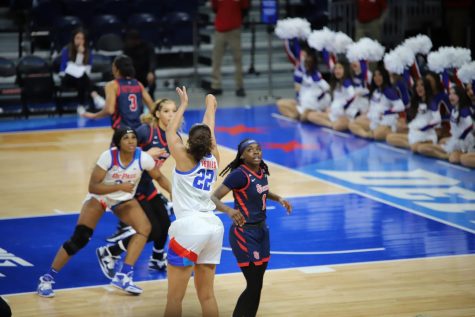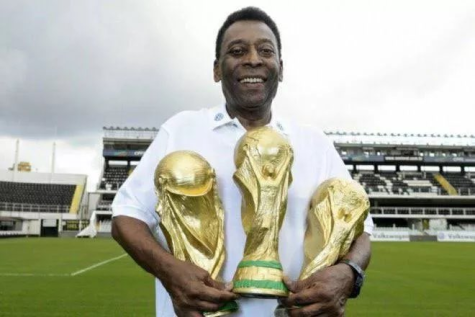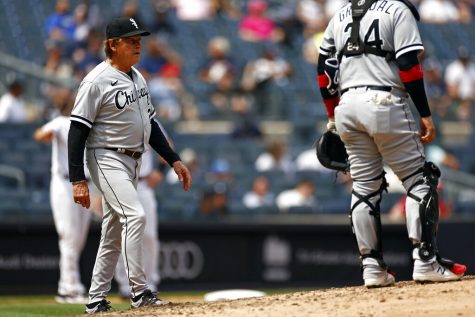The Masters: A sun soaked tradition at Augusta
 Each year in early April, fanatics from across the United States – and more and more from across the globe – flock to the holy land, hoping to catch a glimpse of history as they soak in the time honored traditions of Augusta, Ga.
Each year in early April, fanatics from across the United States – and more and more from across the globe – flock to the holy land, hoping to catch a glimpse of history as they soak in the time honored traditions of Augusta, Ga.
What makes the Masters Tournament so special is the combination of the storylines and the exclusivity of the grounds – aside from decades of fantastic play.
Augusta National Golf Club, opened for play in 1933, sees very little activity outside of Masters Tournament play. The club’s exclusive group of roughly 300 members are all too wealthy and important to spend much time tearing up the links, leaving the course in immaculate condition come tournament time. Both players and spectators alike marvel at all 18 perfect holes, none showing a single blade of grass out of place.
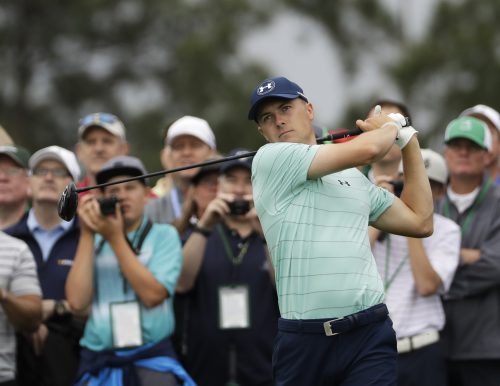
Augusta National has always claimed to be committed to maintaining social traditions, which is troubling when you consider those traditions date back to mid-1930’s Georgia. While an exclusive and traditional club helps keep the golf course looking like something that belongs in the Louvre, a history of barring blacks and women from joining the club and requiring caddies to be black has created social controversy. It wasn’t until 1990 that Ron Townsend became the first black member at Augusta National and 22 years later Condoleezza Rice and Darla Moore became the first female members on Aug. 20, 2012, despite the refusal of Augusta National’s Chairman Billy Payne to admit women to pre-Masters press conference earlier that year.
The social pressures surrounding the Masters play into some of the most well-known storylines at the Masters. In 1974, Lee Elder won his first PGA Tour event at the Monsanto Open, earning himself a spot in the 1975 Masters, making him the first black player to tee off at Augusta National. He missed the cut, but he broke a huge barrier in the game of golf, leading the way for Tiger Woods to be the first black man to win the Masters in 1997.
Tiger won the 1997 Masters by 12 strokes, the largest margin in tournament history and spent the following decade changing the face of golf. The ultimate country club sport, played exclusively by suave, upper-middle class white men like Jack Nicklaus and Arnold Palmer, was now being dominated by a 21-year-old black kid from Cypress, CA. But Woods did more than just change the skin color of the game’s greatest players (for the most part, the sport remains as white as the ball) he brought a combination of grace, strength and raw athleticism the game had never seen. He took a leisure activity and turned it into a sport.
With golf’s return to the Olympic Games this past summer, golf is beginning to reach a much broader audience, which promises to create greater demand for golf in lower-income countries like Mexico and India. The game has continued to evolve into a more athletic, youthful and Tiger-like game, making the retired-man’s pastime more marketable for broadcasters, equipment manufactures and youngsters looking for new sports to play (or parents looking for a way to keep the kids out of the house).
The most crucial element of selling golf to the next generation, is selling the story lines that transcend the game and inspire us all, regardless color, creed, age or sport. The stories that grab us when we’re young and turn us into lifelong fans, or merely the ones that raise an eyebrow and make us pay attention when we otherwise wouldn’t. The 2017 Masters is full of potential storylines that ought to see more attention than they’re getting.
Let’s begin with Tiger Woods, the pioneer of 21st century golf and one of the primary reasons that the PGA Tour has gotten younger, stronger and simply more exciting. This year, he won’t be attending the Masters on account of injury and with all the electric, young talent on the tour, the 2017 Masters could mark a turning point – the generation of players Woods brought to the game now rule the roost.
Among the young talent is rookie sensation John Rahm. The Spaniard played college golf at Arizona State University before turning pro at the end of 2016. Since then, he has gone on a tear, rising up the world rankings at a pace rivaling that of Tiger Woods, now sitting at no.12 in the Official World Golf Rankings. After Saturday’s round, Rahm sits six strokes back of leaders Sergio Garcia and Justin Rose. If he can play his best golf in the final round on Sunday, he could become the first rookie to capture a green jacket since Fuzzy Zoeller in 1979.
Rahm’s fellow Spaniard, Sergio Garcia, sits in the lead at six strokes under par entering the final round. Garcia has been cursed by major championships (The Masters, U.S. Open, British Open, and PGA Championship) over the course of a highly successful career. Many believe Garcia is the greatest player in the game without a major championship win, and now, at the age of 37, he has a chance to capture his first major championship.
After a legendary collapse on the 12th hole at the 2016 Masters, Jordan Spieth is two strokes back, well within striking distance of his second Green Jacket in three years. One of the games brightest rising stars, Spieth has a chance to cap off a historic redemption story at Augusta – so long as he overcomes his 12th hole demons.
The storyline at the center of the 2017 Master’s has nothing to do with the players competing for a green jacket. The story that will forever be tied to the 2017 Master’s tournament is that of Arnold Palmer. Palmer passed away this past September and for the first time since he played his first Master in 1955, he is absent from Augusta National.
He was golf’s original superstar, and now he’s gone, but Arnold Palmer will live on in the lore and legend of the Masters. Today the sporting world tips their cap to Arnie and looks forward to creating more history at Augusta National.



